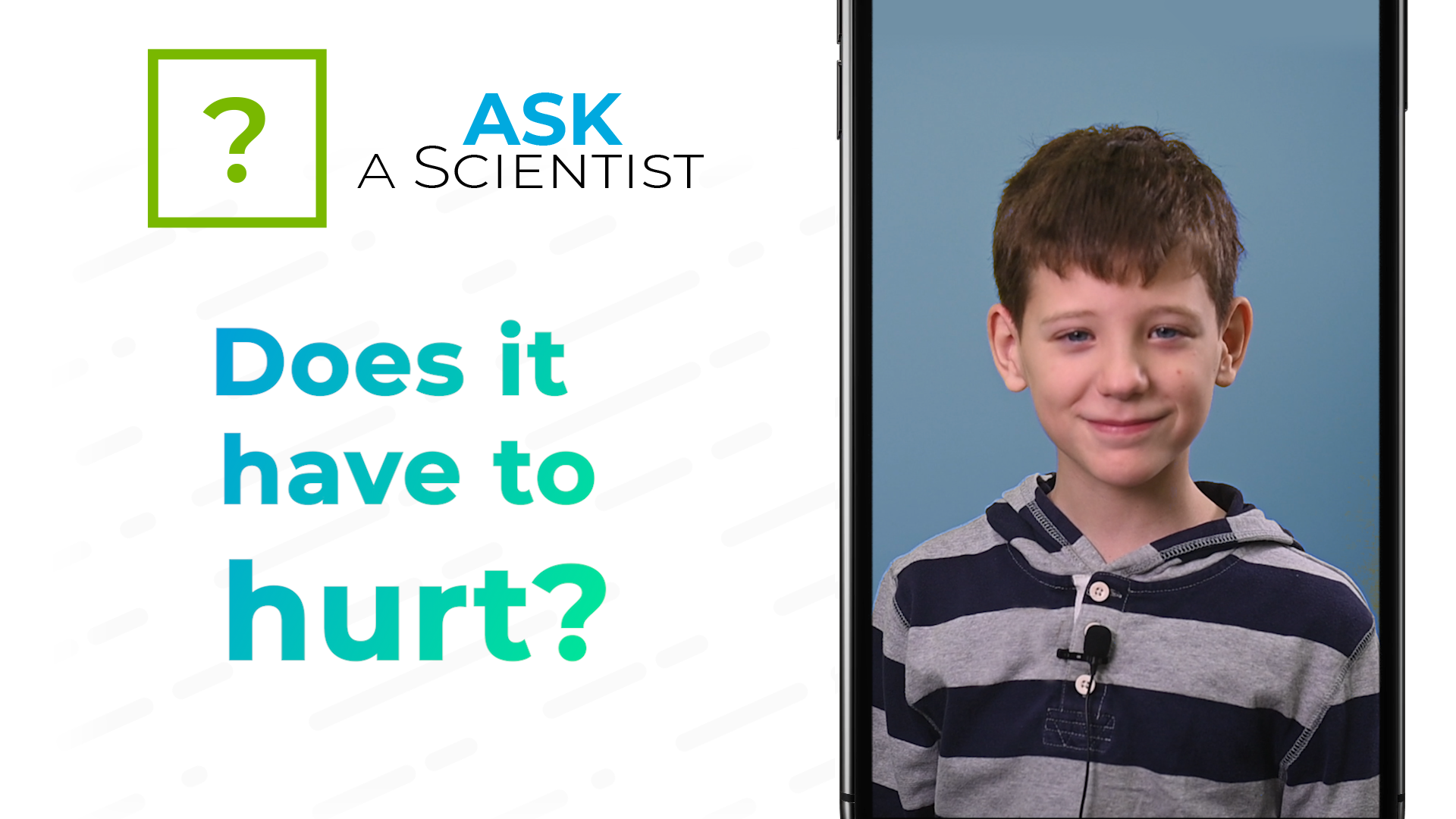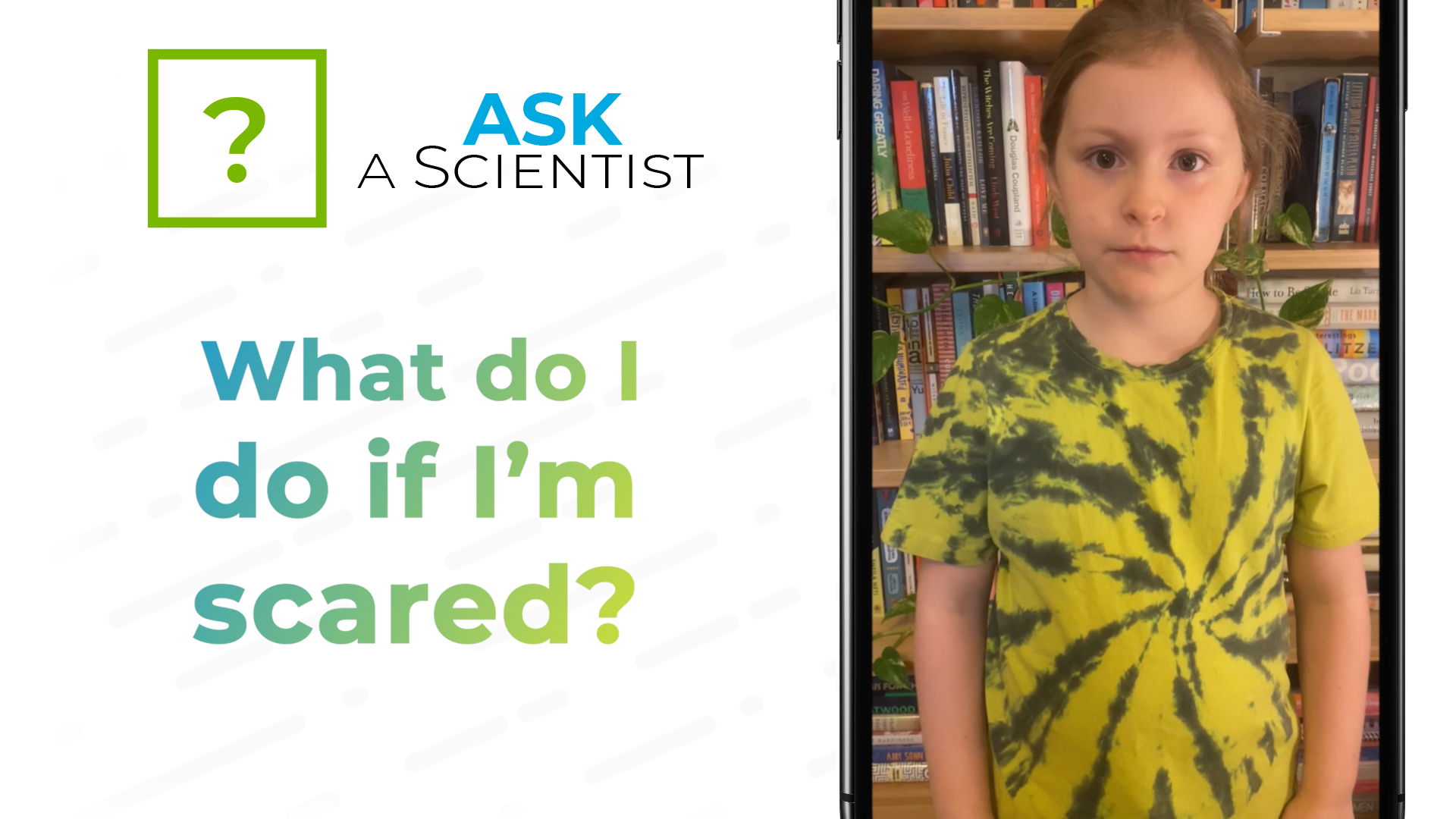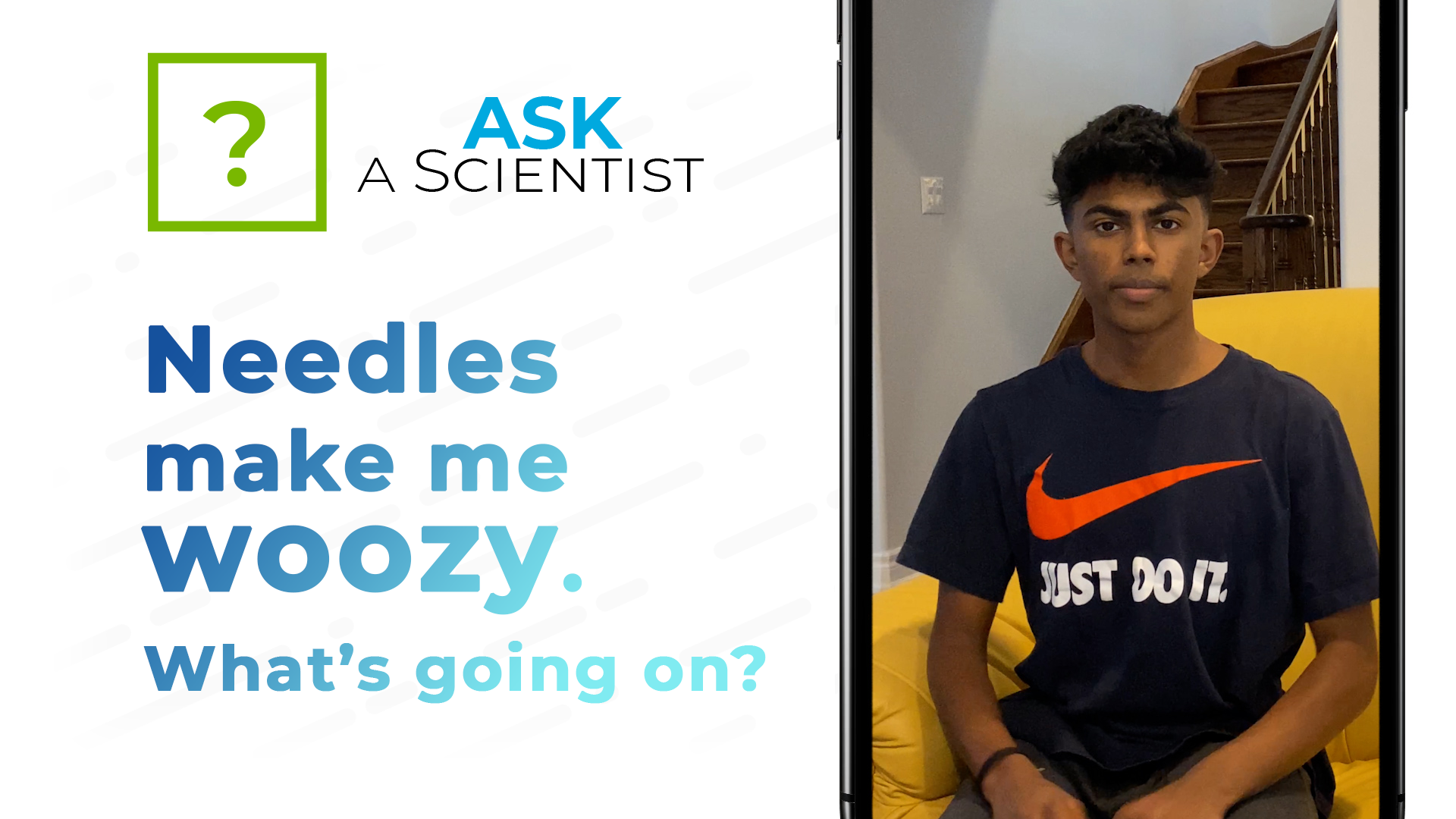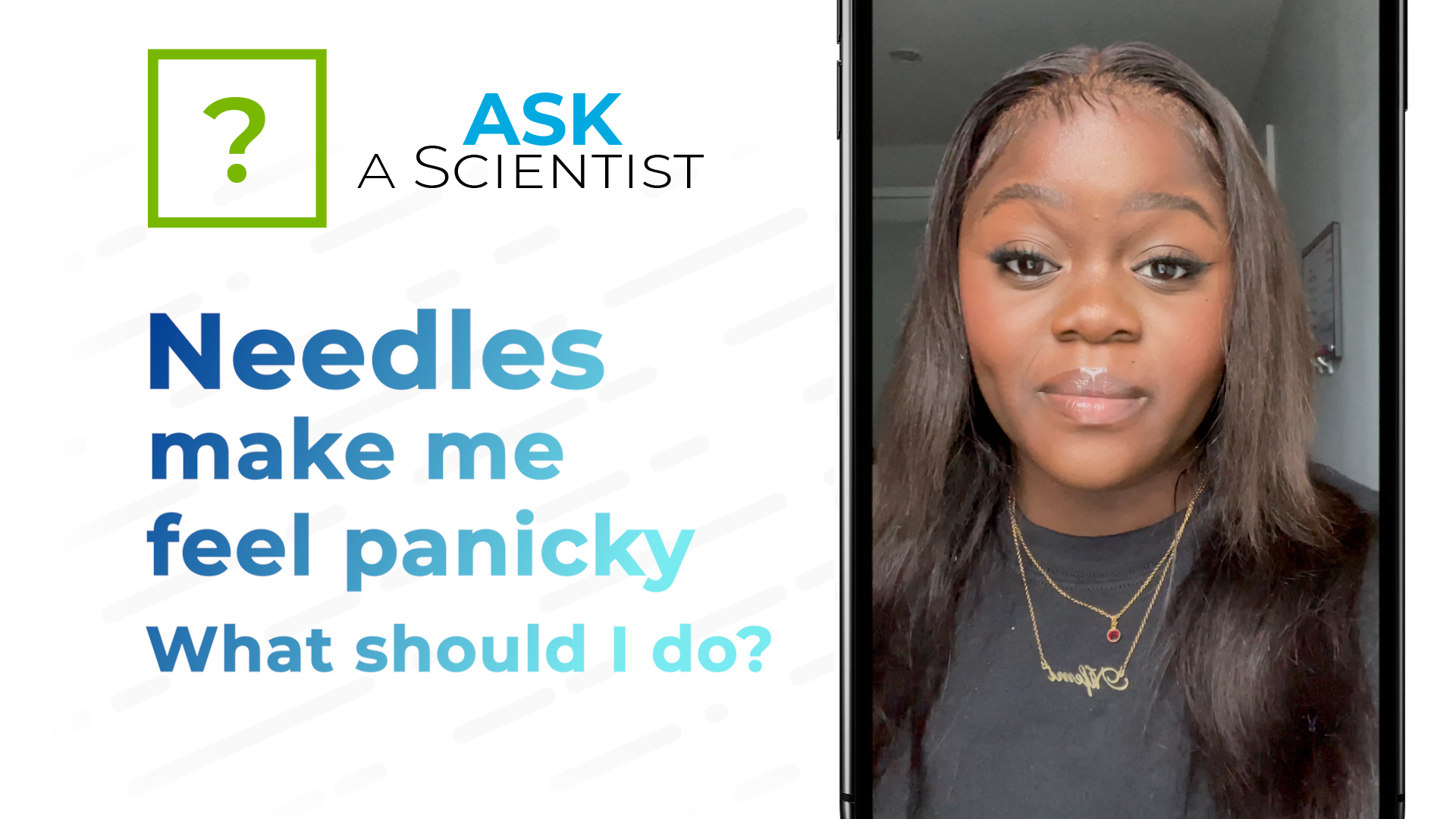Dealing with needle pain and fear
The big question
What works to relieve needle pain and fear?
The quick answer
There are lots of ways to deal with needle pain, fear, fainting, and phobia.
Years of research have led to tried-and-tested techniques to take the pain and stress out of getting a needle. These techniques—which work well for children and adults alike—can help make vaccination a more positive experience.
Research-backed techniques are available for a variety of issues, including:
The longer story
Pain management: Needles don't have to hurt!
Children often describe receiving a needle as a scary and painful experience. In fact, over 90% of pre-school age children and 50% of primary school age children experience severe distress during vaccinations.
But it doesn't have to be this way.
Proper pain management is an important part of making vaccination a more positive experience. Poorly managed needle pain can lead people to develop more fearful memories of pain over time, which can make the next needle procedure – such as routine vaccination or blood tests – even more distressing.
Thankfully, there are lots of evidence-based ways to reduce needle pain. The techniques listed below are recommended for children of all ages, but they are also helpful for adults.
-
Take your mind (or your child's mind) off the needle
Distraction is a simple technique that can work wonders.
- Watch a video on your phone or other device
- Listen to your favourite music
- Talk about something fun
- Play games or with toys that encourage deep breathing, like blowing a pinwheel or bubbles
-
Numb the skin
A great option for all ages is to use numbing cream or patches. These are topical anesthetics that can be purchased at pharmacies without a prescription.
- Apply the cream or patch to the area where the needle will go. Be sure to read the package instructions first, as you will need to apply the product 30-60 minutes ahead of time to let the numbing take effect.
- If you aren't sure where the injection will be given, or if you are getting multiple injections during one visit (such as with routine childhood vaccinations), ask a health care provider for advice. That way, you won't apply the product too high or too low on the arm, and you'll get all the right bases covered.
-
Relieve discomfort later
After the vaccination, it is okay to take an over-the-counter pain reliever to help with any soreness or discomfort.
- But taking pain relievers ahead of time is not recommended. Doing so won't help with the pain from the actual needle, and some evidence suggests that it may interfere with the efficacy of the vaccine.
- Remember: numbing cream first, pain relief later!
Families also play an important role in influencing their children's ability to cope with needles, so parents should stay calm, interact normally, use neutral language throughout the procedure, and then focus on what went well.
And if possible, give your child (or yourself) something to look forward to afterward!
Feeling nervous: How to deal with (mild to moderate) needle fear
People of all ages get nervous about needles, so addressing those nerves is another important part of making vaccination a better experience.
One great approach is to play your power cards!
Dr. Anna Taddio, a Professor in the Leslie Dan Faculty of Pharmacy at the University of Toronto and Senior Associate Scientist at the Hospital for Sick Children (SickKids), led the development of the CARD™ system to help kids, teens, and adults manage needle pain and fear.
Using the CARD™ system involves a little bit of prep work, as strategies for coping before and during vaccination are described on action cards that can then be “played” in whatever order or combination will work best for you (or your child).
The cards include:
- C: Comfort
- A: Ask
- R: Relax
- D: Distract
The CARD™ system is available online, including handouts to help you familiarize yourself with the cards and how to use them. Vaccination resources for parents and health care providers are also included.
The team has also developed a new CARD™ game for kids!
The CARD™ system was developed by Dr. Anna Taddio at the University of Toronto.
With financial contribution from:
Partner organizations:
- The Hospital for Sick Children (SickKids)
- University of Guelph
- Anxiety Canada
- Immunize Canada
- Centre for Addition and Mental Health (CAMH)
CARD is a registered trademark of the University of Toronto. Content shared with permission from Dr. Taddio.
Fainting and dizziness: What to do when needles make you woozy
Needle-related fainting is more common in people who have needle fears, but it's not always the case. Fear doesn't necessarily lead to fainting, and fainting is not necessarily linked to fear.
So what else is going on?
Dizziness and fainting are caused by a sudden drop in blood pressure and heart rate. This is called a vasovagal response. When that drop in blood pressure is linked to a specific trigger, like needles or the sight of blood, it's called vasovagal syncope.
Other symptoms can include nausea, weakness, sweating and blurred vision.
In other words, having a vasovagal response can make vaccination a very unpleasant experience.
Luckily, there are effective ways to counteract this physiological response.
-
Lie down during vaccination
Studies have shown that lying down can help relieve the dizziness and lightheadedness that stem from a vasovagal response. This is an accommodation that you can request, whether you are getting your COVID-19 vaccine, your flu shot, or something else.
- A lot of vaccine clinics have special booths for this accommodation. They might have gym mats on the floor or an examination table that will allow you to lie down while you get vaccinated.
- Health care staff might also ask if you have ever felt faint with needles in the past, which presents the perfect opportunity to request an accommodation.
- But you don't have to wait to be asked! Whether you are at a clinic, pharmacy, or your doctor's office, don't hesitate to ask about lying down during vaccination to reduce the effects of a vasovagal response.
-
Use a muscle tension technique to boost blood pressure
Since it's a drop in blood pressure that leads to the symptoms related to a vasovagal response and vasovagal syncope, a science-backed strategy for reducing and relieving those symptoms is to boost your blood pressure back up using muscle tension.
- Before the needle, clench your stomach and leg muscles. Squeeze for 15 seconds, then release (but don't fully relax) for about 20 seconds.
- Repeat this process until the needle is over or until the feeling of dizziness passes.
- Just be sure to avoid clenching or tensing the muscle that will receive the injection!
- This technique is safe for adults and for kids as young as seven years old.
Extreme needle fear and phobia: Getting the right help
Needle fears are common in children and adults, ranging from mild fear to severe phobia.
While a significant painful or traumatic event could lead to the development of severe needle fears or the associated phobia (trypanophobia), the cause is not always easy to pinpoint. A number of factors can contribute to the development of extreme needle fears, sometimes starting in childhood and then continuing – or even amplifying the fear – into adulthood.
Studies have shown that better vaccination experiences in childhood can prevent such needle fears from taking hold, but it's important to recognize that it's never too late to get help.
Unfortunately, pain management and simple distraction techniques cannot take away needle fear once it has become extreme (if you feel panicky or want to run away, for example) or once the phobia is in place. Instead, an evidence-backed option is to work with a psychologist for something called exposure therapy. This cognitive-behavioural psychological intervention involves working with a professional in a controlled environment to gradually increase your exposure to the needle (the feared stimulus).
Through the exposure therapy process, you and your psychologist will work to take away the fear, take away its power, and give you strategies to cope. This is an effective intervention for kids (age seven and up), teens, and adults. Just a few hours or sessions of treatment can lead to a big difference.
And that difference is important! Researchers have found that people with severe needle fears may refuse some types of medical care, which can have negative impacts on their health.
Additional resources
- Solutions for Kids in Pain (SKIP)
- It Doesn't Have to Hurt
- CARD System – Learning Hub
- Immunize Canada
- Children's Healthcare Canada – Immunizing Children with Confidence
- Date modified:



